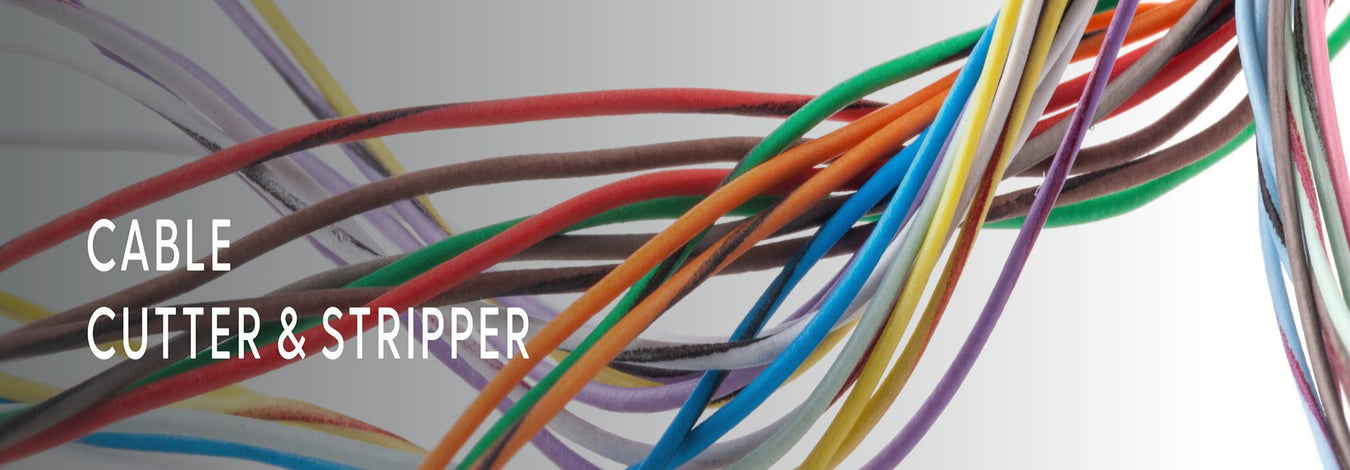
What is a Crimper in Plumbing?
Pipe fittings and fixtures are common and popular accessories plumbers use to make pipe connections, ensuring a smooth flow of water or other liquids. Crimping is among the most reliable and commonly used methods of creating such pipe connections when doing installation or repairs. This method requires the use of a tool called a crimper or a crimping tool. Crimping is an alternative to conventional methods such as soldering, primarily used on copper pipes only.
Let’s explore what crimper is, how it works and why plumbers consider using it.
What is a Crimper in Plumbing?
As outlined above, a crimper is a specialized tool designed to create secure and tight connections between pipes and fittings. Usually, a crimper has unique jaws that deform the crimp ring (usually made of copper) or both the pipe and ring to create a tight seal that doesn’t allow leakages. A good example of a crimper is the iCrimp IWS-1234P Pex Crimping Tool.
It’s worth noting that pipe crimping tools are of different types, and a specific application mainly determines the choice of crimping tool. For instance, handheld crimpers are popular due to their affordability, portability, and ability to be used in tight spaces. On the other hand, hydraulic pipe crimpers are best suited for heavy-duty tasks.
Read more: Why Crimping is the Best PEX Connection Method
How a Pipe Crimper Works
1. Start by cutting the pipe into the right length. Consider using a pipe cutter for a clean cut for Pex tubing or copper tubes.
2. Slide crimp rings into each end of the cut tubing/pipe.
3. Insert a fitting into the ends of each tubing and then position the rings about 1/8 to 1/4 inch from the end of the tubing.
4. Open the jaws of your crimping tool and position it (the tool should be perpendicular to the pipe) over the crimp ring. However, ensure the jaws you choose are of the correct size and match the gauge of your crimp rings.
5. Apply pressure (squeeze) on the handles of the crimping tool to compress the crimp rings around the tubing and fitting, thus creating secure and uniform crimp connections.
6. Finally, release the handles of the pipe crimping tool, allowing it to open as you inspect the quality of the completed crimp connection.
As you can tell, working with a pipe crimper is a straightforward process. The best part is that some crimpers are designed with interchangeable jaws/ dies, which allows you to crimp pipes and rings of different sizes using a single crimper.
Read more: How to Use a PEX Crimp Tool
Reasons Plumbers Consider Crimpers
1. Ease of Use
Using a pipe crimper is pretty easy; pipe installation and repairs are easy. They feature a user-friendly design and are easy to operate, especially those with ratchet mechanisms. For this reason, many plumbers prefer the crimping method for most tasks.
2. Reliability
Crimpers can create tight, leak-free, and durable pipe connections by compressing metal crimp rings over the pipe and fitting. Crimping is considered one of the most reliable methods of connection, especially PEX connections.
3. Efficiency
Making pipe connections using a crimper is quick and doesn’t require a high skill level to operate the tool and create quality connections.
4. Cost-effectiveness
Using a crimper in plumbing can be cost-effective in different ways. First, the ease of use helps plumbers save time on tasks and reduce labor costs for their clients. Unlike soldering, Crimping doesn’t require additional materials, thus reducing the overall installation or repair cost. Lastly, one crimping tool, particularly those with interchangeable dies, can be used for different plumbing applications.
Conclusion
The crimping method is well-known for its efficiency, simplicity, and ability to create secure and leak-free connections. As a result, a crimper serves as a fundamental tool for most plumbers in today’s world. iCrimp is the leading platform for plumbers seeking quality, durable, and affordable crimpers for different pipe materials such as multi-layer, PEX, and copper.
References





